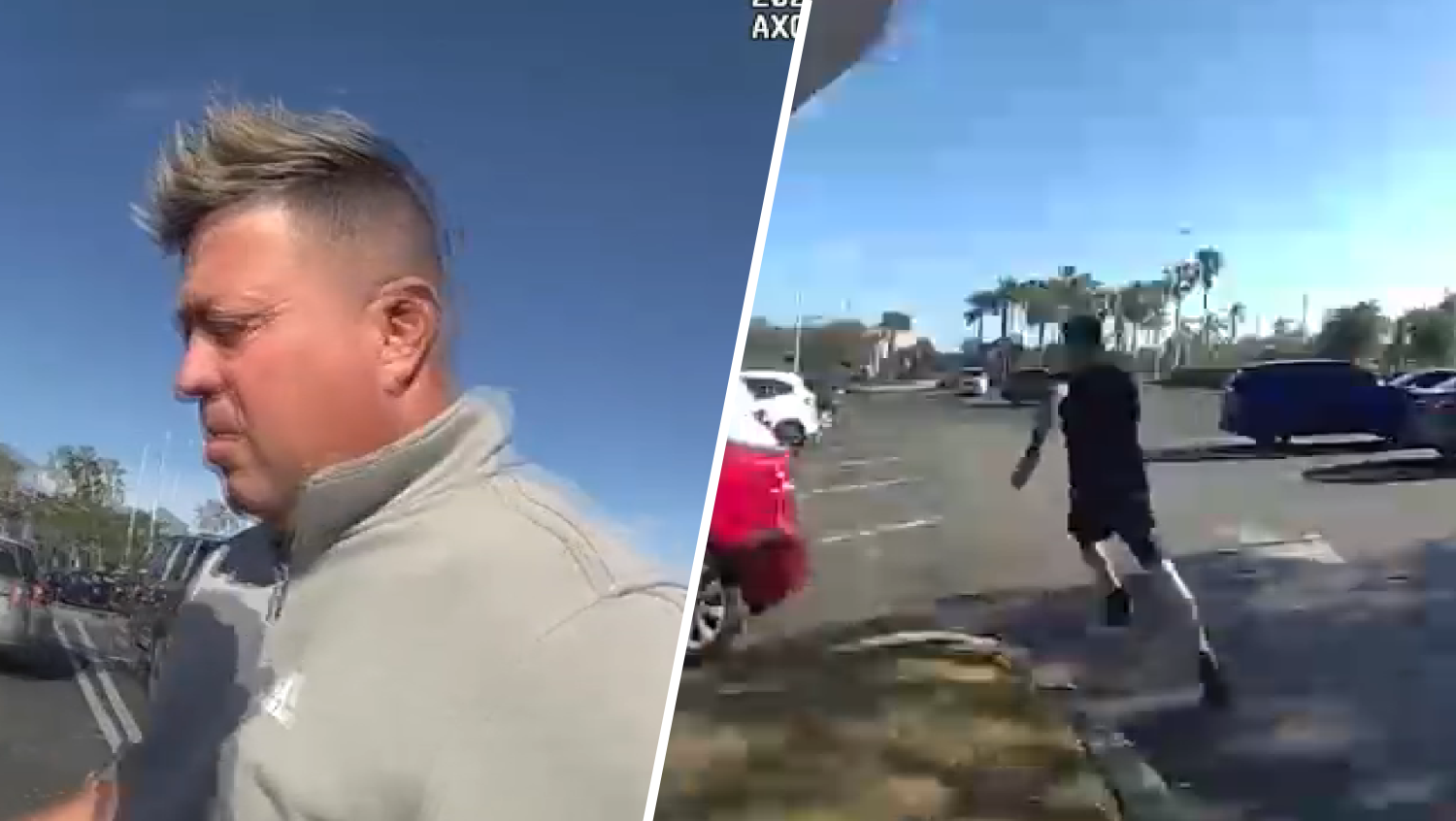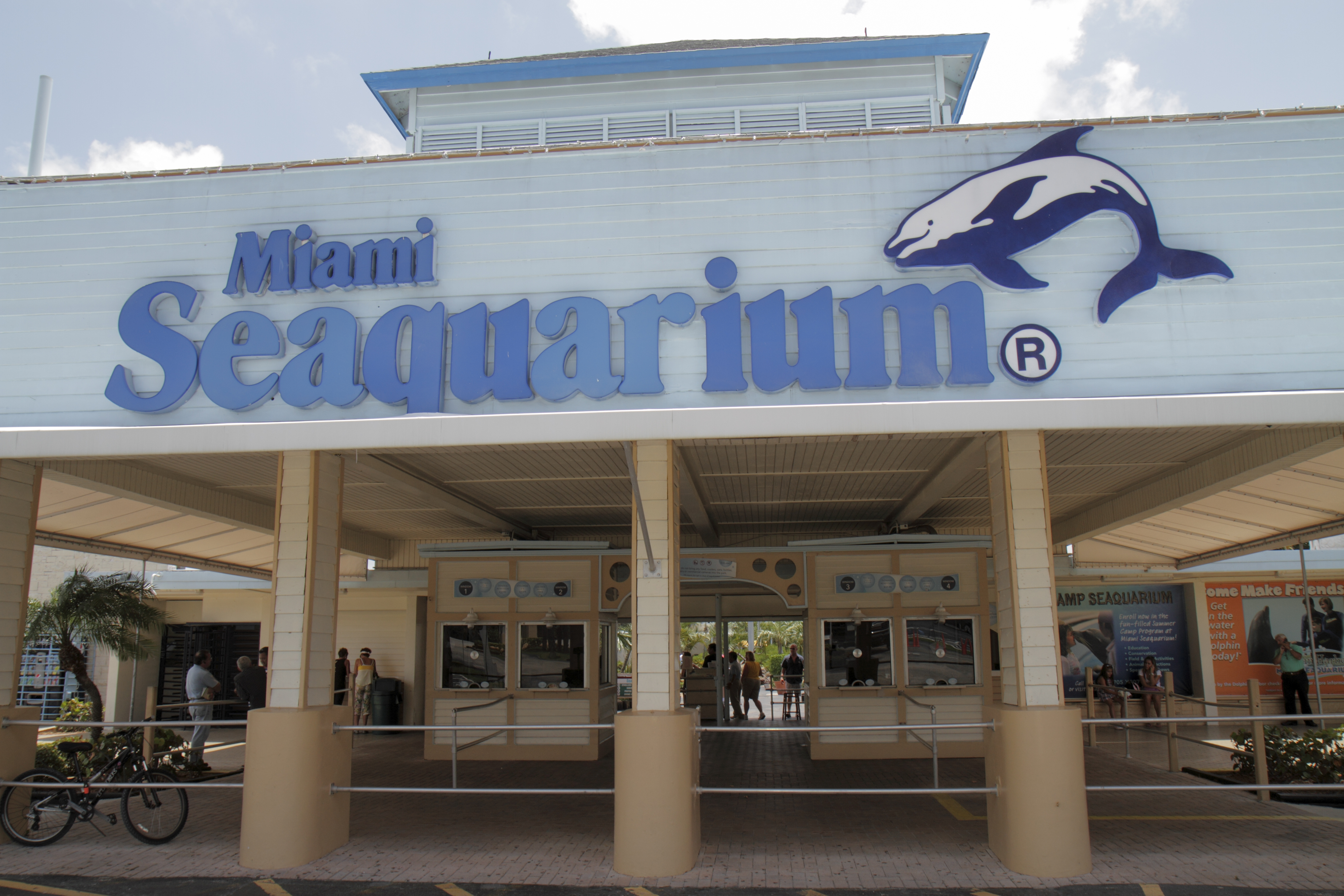Oil continues spewing from the destroyed Deepwater Horizon rig in the Gulf weeks after the accident, and experts are still at loss for a definitive solution.
BP has devised a new strategy to stop the leak, known as “top kill,” and will decide today if the plan is viable. While the country counts down the hours and minutes, South Florida residents wonder if and when their shore lines will see the oily effects.
BP Chief Executive Tony Hayward told CNN this morning that a series of mistakes have been made in the Deepwater Horizon disaster which unleashed at least seven million gallons (and counting) of crude oil into the ocean and took eleven lives.
BP’s investigator noted in a congressional memo that there was a buildup in pressure less than an hour before the accident that indicated a potential problem. Other signs included a small leak in the pipe riser which may have pointed to a larger problem with the blowout preventer (device created to prevent oil spills).
Local
The rig team continued on despite the signs.
“This is an unprecedented accident,” Hayward told CNN as he pointed to 25 spill-less years in his defense.
But 37 days of failure to stop the leak means more to Americans and BP’s experts have racked their brains to determine a plan with a 60 - 70% success rate.
“Top kill,” if successful, will pump enough mud to plug the well and stop the flow of oil into the water. Engineers would then cement the well in hopes of permanently sealing it.
According to Hayward, over the past week, BP has rebuilt the blowout preventer, which lies on the seabed and in recent hours, has run several tests to determine if the pipe can withstand the pressure of the mud. Americans will have the answer some time today.
If “top kill” fails however, a back up plan is already in place. According to Hayward the next step is to move to a containment device that would seal the blow out blowout prevent in three to four days.
As experts prepare for further failure, a robot known as “Waldo” explores the the waters of the Florida Keys to detect oil and chemical dispersants from the spill.
While the robot swims below the surface, Florida’s scientists are also documenting 98 sites along the coastline, and taking water and soil samples in preparation for potentially oil soaked shorelines, the Miami Herald reports.
“I was on the beach yesterday, I felt devastated and gutted about what I saw and I feel that we have let people down in the defense of our shores,” said Hayward about Louisiana's shorelines.
If "top kill" is successful, the Americans will know the prognosis within one or two days.



